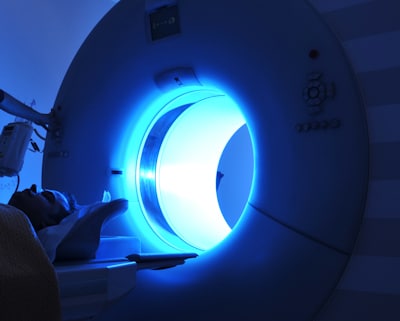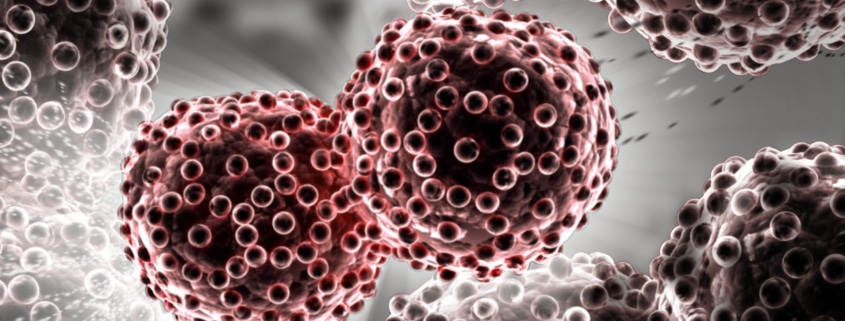From 2020 to 2023, the number of general x-ray procedures performed in main hospital radiology departments declined 16%, from 88.7 million in 2020, to 74.5 million in 2023 for an overall annualized rate of decline of 4.3%, according to the newly published “IMV 2024 Diagnostic X-Ray Market Outlook Report.”
By site type, over the same period, x-ray procedure volumes in hospitals with fewer than 200 beds had an annual decrease of 4.6%, while for hospitals with 200 to 399 beds, procedure volume decreased 7% and for hospitals with 400 beds or more procedure volume decreased by 0.1%.
| X-ray procedure volumes in main radiology departments, 2020 to 2023 | ||
|---|---|---|
| Hospital size | Volume change | Compound annual growth rate (CAGR) |
| Overall | — | -4.3% |
| <200 bed Hospitals | 17.2% | -4.6% |
| 200-399 bed Hospitals | 25.3% | -7.0% |
| 400+ bed hospitals | 0.5% | -0.1% |
In 2023, the top types of diagnostic x-ray procedures performed in main radiology departments were chest, spine, abdomen/pelvis, and extremities, for a combined total of 79% of procedures. By type of x-ray, between 2020 and 2023 chest procedures sustained an average annual decrease per site of 8.5%; spine a 1% increase; abdomen/pelvis a 7.2% decrease; and extremities a 4.8% decrease.
| Average annual x-ray procedure volumes per site in hospital radiology departments | |
|---|---|
| Type of diagnostic exam | 2020-2023 CAGR |
| Chest | -8.5% |
| Spine | 1% |
| Abdomen/pelvis | -7.2% |
| Extremities | -4.8% |
In this latest survey, the No. 2 future outlook factor for diagnostic x-ray departments was “Our x-ray department is expanding the clinical uses of general x-ray such that our served patient population will grow beyond what we address today” — and 39% of sites agreed or totally agreed with this statement.
Regarding x-ray department site operations, the report found that, in 2024, 90% of hospital radiology departments sites reported waiting times for a scheduled non-emergency x-ray outpatient visit of less than 24 hours. It also found the following:
- 95% of hospitals with fewer than 200 beds have typical wait times for x-ray imaging of less than 24 hours, compared to 81% for hospitals with 200 to 399 beds and 66% for those with 400 beds or more.
- In 2024, 37% of sites stated that typical turnaround time for x-ray reports was less than an hour; 42% of sites, one to four hours; 9% of sites, four to 24 hours; and 12% of sites, 24 or more hours.
- Average turnaround time for x-ray reports in hospitals with 400 beds or more was 2.8 hours compared to 5.6 hours for those hospitals with 200 beds or less.
Finally, the report found that x-ray departments’ top priority was to “improve patient satisfaction with their x-ray imaging experience,” and that 89% of general x-ray sites stated that the radiology department owns or manages mobile/portable x-ray imaging units — including those located outside of radiology.
Even though x-ray procedure volumes performed in the main hospital radiology department have declined in recent years, there is optimism regarding expanding the clinical uses of radiology which may help to serve a larger patient population in the future. In addition, the rate of decline in procedure volumes differs between site types and exam types, which suggests that there may be some stabilization in procedure volumes underway in some locations and for some types of diagnostic x-ray procedures.
Want to share your knowledge of medical imaging? Click here to sign up for the IMV Survey panel today.
Davin Korstjens is a director of market intelligence at IMV Medical Information Division, part of Science and Medicine Group.
IMV’s 2024 Diagnostic X-Ray Market Outlook Report explores market trends in U.S. hospitals including procedure volume, manufacturer-installed base features and share, the use of OEM vs. third-party service providers, purchase plans, brand loyalty, and site operations characteristics. The report was published in May 2024 and is based on responses from 251 radiology/departmental administrators and clinicians who participated in IMV’s nationwide survey from February – April 2024. Vendors covered in this report include Agfa, Canon, Carestream, Del Medical, Fujifilm, GE, Imaging Dynamics, Konica Minolta, Philips, Samsung, Shimadzu, Siemens, Swissray, and United Imaging.
For information about purchasing IMV Market Outlook Reports, visit the corporate website at https://imvinfo.com/ or call 703-778-3080 ext. 1033 to speak with a representative. In addition to the report, all purchases will include a complimentary recording of an executive summary presentation of findings conducted by IMV’s Director of Market Intelligence.



